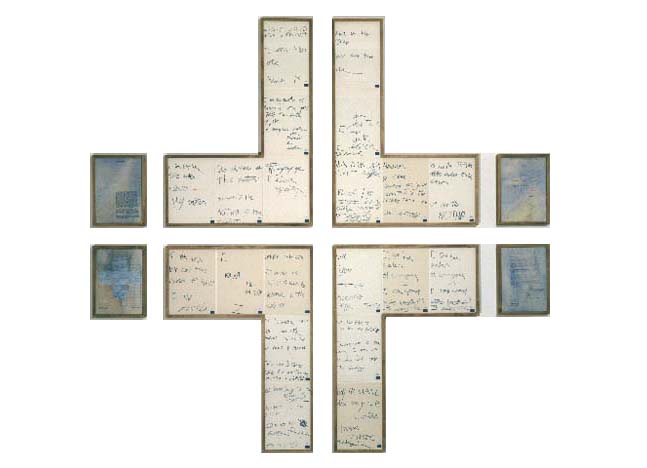I experienced a therapeutic role-play yesterday that took place in a
charity (I cannot name due to confidentiality) that will be sending me on my
clinical placement.
It began with a few exercises to get
us warmed up! This in itself was a stretch for me, a person who is rather
reserved, never enjoying drama at school and here I was in a small group with
two drama therapist facilities who were warming us up to start role-playing the
therapeutic setting. The pressure was on as I watched the first couple of people
act out their therapies, watching them get picked apart for every word they
said was quite unforgiving not to mention nerve racking for me knowing in a
matter of hours I’ll be in that situation too.
Reflection on the warm up exercise: I felt extremely self-conscious during these
exercises. They included things such as imagining you were a guard then we had
to act this out. One part which struck a cord with me was when I was asked what
the guard sounds like. I found it difficult to get over my shyness and speak
up. This led me to reflect on other times in my life where I haven’t been able
speak up and have realised this is an issue I must deal with. It took me back
to my childhood when I was a very quiet child, never speaking in class to
teachers and never putting my hand up to answer a question. I am questioning
why I did this and why I still do this now, to a certain extent. I have always
tried to be a ‘good’ child growing up; perhaps this is why I didn’t speak much.
I must have associated quietness with being good then keeping this strategy as I
grew up.
Reflection on role play:
When it was my turn to play the
therapist I found I was so into the play part, focusing on what the ‘child’ was
doing that I completely forgot about time scale. This is something I have to be
aware of when in a real therapeutic setting. While my feedback was positive in
that I played with the child in a lovely manner, demonstrated a level of
empathy, made him feel safe, my points to work on were to be careful of the
boundaries; of making sure the play does not get out of hand and of course to
watch the time as well as not to get so drawn in by the child.
The child in my setting made
comments after the role-play was over; one particular comment I would like to
mention is that he said I was great at staying with him as he darted around the
room and tried to connect with him by physically staying there. This comment
took me by surprise because I felt I didn’t stay with him enough; this makes me
think my own perceptions of the situation were warped by my anxieties. Hearing
these two opposing views of the setting causes me to reflect on how I see
myself, questioning my self-confidence. This is something I'll take to my
personal therapy sessions, as I do not want my own insecurities (for want of a
better word) to impact on the child. Even though it didn't directly impact the
child in this role-play situation but if I'd had taken my views here to my
supervisor maybe the next session would impact the child.
I am happy with how this experience
went and feel a little more confident in my capabilities as a trainee art
therapist. I felt very much in tune with the child whilst I was the therapist.
This is a positive element I will take away with me on placement. I also
enjoyed playing the part of the child, making me more sensitive to the fact
that they are entering an odd place with a strange, sometimes scary person, due
to how it is a unique situation for them. I believe this experience has made me
more empathetic towards the client. It has also made me think more about art
therapy being based around each individual, I was adapting what I was going to
say, or act towards that specific individual rather than any books I’ve read on
how to deal with particular personalities for example.









